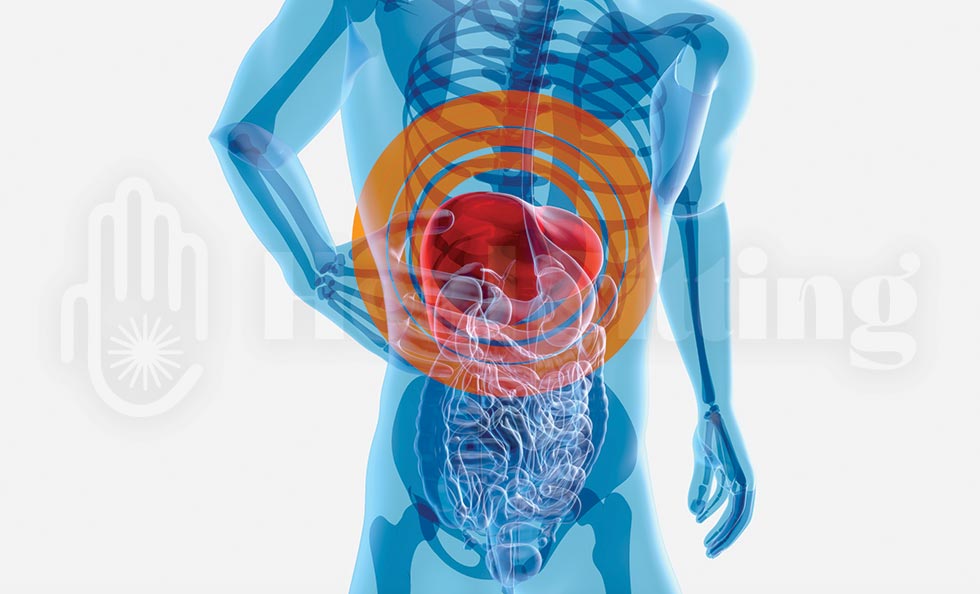If you learn to listen carefully to your body, you can spot signs of developing diseases long before characteristic symptoms appear. By testing your own muscles, it is easy to identify problem areas to prevent malfunctioning internal organs and systems.
There is an entire field in applied kinesiology that scientifically views muscle pain as a symptom of serious disease. These are useful diagnostic methods that combine the principles of manual therapy and muscle testing using stimuli.
How to test your muscles.
Experts working with the applied kinesiology technique explain that every second the brain receives thousands of signals from every muscle. The brain analyzes their condition, degree of stretch, and resistance. If a group of muscles is weakened for a long time, an imbalance in the body is observed. Another group of muscles tries to balance the work of the affected muscle fibers on the opposite side of the body, which provokes hypertonus and overstrain.
The change in muscle tone signals brain health problems. The specialist can identify the weakest muscle groups and analyze which organs are nearby and assess how they respond to increased stress, whether they offer resistance to irritation.
For example, when testing the deltoid muscle (shoulder muscle), it is possible to detect a blood pressure disorder. The specialist checks this through a muscle test and determines if there is an increased risk of hypertension and cardiovascular disease.
Specialists compare the bodywork and muscle tension assessment with the car diagnosis. It serves a long time without failure, but without regular oil and engine checks, sooner or later failures will begin. The longer the owner puts off preventive maintenance, the more difficult and costly it will be to repair the vehicle. This also happens to the human body, which requires constant self-diagnosis to prevent serious diseases.
The relationship between muscles and internal organs in humans
There are thousands of muscles in the human body, many of which are connected to internal organs via nerve endings. When hypertonus occurs, pay attention to possible health problems:
- With weak muscles on the inside of the legs, intestinal problems, colitis, dysbiosis, and chronic constipation often occur.
- Flat feet indicate weakness of the pelvic floor muscles and disturbances in the genitourinary system. Women often have uterine prolapse and inflammation of the fallopian tubes.
- With weak back muscles, lowering the shoulders forward, a connection with stomach diseases, the appearance of ulcers, gastritis, and indigestion are often revealed.
- Weakened hamstring muscles, and crunching in the knees may indicate at an early stage inflammation of the gallbladder, and stone formation.
- Weak gluteal muscles are observed in pathologies of the kidneys, ovaries, genitourinary system, and impotence in men.
The reduced tone of the muscular frame of the back may indicate that the work of the heart, coronary arteries, bronchi, and lungs is disturbed.
The back muscle loses its tone with a predisposition to adrenal diseases, disturbance of stress hormone production, and development of tumors.
The flexors of the neck are associated with the maxillary sinuses of a person and often give hypertonus in chronic sinusitis, tonsillitis, and rhinitis.
In the case of illness, patients numb the pain, but it returns with the next relapse. Diagnosis of muscle tension allows you to find the cause. For example, it is possible to identify the pathology of the small intestine only with the help of a specialist in applied kinesiology, who carefully examines the muscles in the abdominal area to highlight areas of reduced tone and correctly identify the disease without any technique.
Applied kinesiology is difficult to master alone. But regular self-examination of the body will help identify tense or weakened muscles to suggest disease and inflammation in the future. This is an important preventative measure that prevents complications at an early stage.
The basic tenet of applied kinesiology states that body language never lies. Therefore, we must let it tell us what needs to be done, using it as a tool for our diagnosis and therapy.
And this is where the Active Sitting system comes to our rescue!
It is for all people who want to take charge of themselves and bring balance back to their bodies and mind.
Active Sitting is a system of specialized, very simple, and easy exercises and techniques that you can perform sitting on a chair at your convenience from home or at work. The aim of the exercises is to balance the physical and emotional body, achieve optimum health and live a happy, balanced, and fulfilling life.
The system incorporates many techniques from applied kinesiology that balance and activate the muscles in the body so that it begins to work in sync. The exercises have a healing effect and affect various problems related to the musculoskeletal system.
The effect of the exercises comes immediately, that is why they are so unique!
* Healsitting.com articles are for informational and educational purposes only and do not replace professional medical advice, diagnosis, or treatment. Always consult your doctor for any questions you may have about a medical condition.





